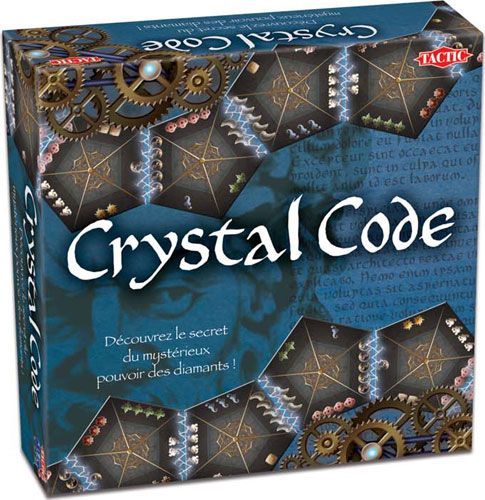Crystal Code (2006) Board Game
Crystal Code is a board game released in 2006, designed by Grzegorz Rejchtman and illustrated by Tactic. It falls under the categories of Abstract Strategy and Deduction, with a focus on pattern building as its main gameplay mechanic. The game is meant for 2 to 4 players, with the best experience being for 3 to 4 players. It has a runtime of around 30 minutes and is suitable for players aged 10 and above.
Game Components of Crystal Code
How To Setup Crystal Code
To set up Crystal Code, place the game board in the middle of the table and the hour glass next to it. Remove the code tiles from their frames, mix them, and place them face down in a pile next to the board. Place one crystal more than the number of players in each of the eight rooms on the board, including the big final room. Shuffle the machine part cards and deal three cards to each player, keeping them hidden from other players. The rest of the cards are placed face down in a draw pile.
Gameplay Mechanics and Game Objective
Mechanics:
Game Objective:
Player Experience
In Crystal Code, players are immersed in a fast-paced environment where quick thinking and strategic planning are crucial. Each round, players solve code puzzles, collect resources, and build their machines. The game’s time pressure and the need to form valid chains add a layer of excitement and challenge.
Pros
Cons
Personal Thoughts on Crystal Code
Crystal Code is ideal for players who enjoy speed games and puzzle-solving. While it has its flaws, such as inconsistent puzzle difficulty and the potential for bland machine building, it offers a unique and challenging experience. However, for those who prefer more balanced and predictable gameplay, other games like Ubongo might be more appealing. If you enjoy the thrill of racing against time and the satisfaction of solving complex puzzles, Crystal Code could be a great addition to your game collection.
We are supported by our audience. When you purchase through links on our site, we may earn an affiliate commission, at no extra cost for you. Learn more.

